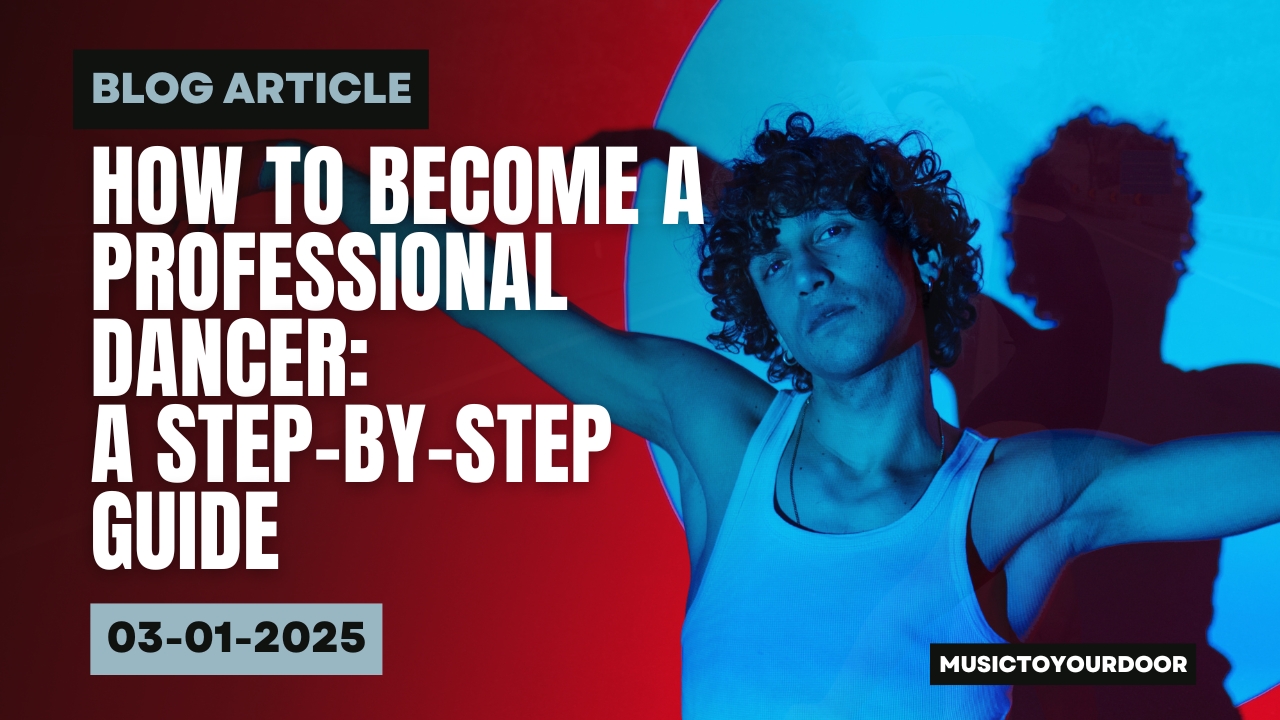Understanding the Professional Dance Landscape in Australia
Have you ever dreamed of turning your love for dance into a full-time career? Australia’s dance industry is vibrant, offering diverse opportunities across ballet, contemporary, commercial, and cultural dance styles. Whether you aspire to perform on grand stages or in high-energy commercial productions, the Australian dance scene has a place for you.
Overview of the Dance Industry
Australia is home to world-renowned dance companies like The Australian Ballet, Sydney Dance Company, and Bangarra Dance Theatre. In addition to these elite institutions, independent productions, TV commercials, and music videos provide lucrative opportunities for dancers in various styles.
Employment Opportunities
Aspiring dancers can find employment in theatre productions, cruise ships, theme parks, and corporate entertainment gigs. Many also transition into choreography, teaching, and dance therapy to sustain long-term careers in the industry.
Industry Statistics
The dance sector in Australia has been growing steadily, with over 3,000 professional dancers and choreographers working across different domains. A 2023 study revealed that female dancers make up approximately 70% of the workforce, while male dancers are in high demand for specific roles.
Essential Skills and Attributes of a Professional Dancer
What sets a professional dancer apart from an amateur? Beyond talent, it takes a combination of physical fitness, technical proficiency, and soft skills to thrive in the competitive dance industry.
Physical Requirements
A successful dance career demands strength, flexibility, and endurance. Professional dancers train for hours daily to develop the stamina required for performances. Injury prevention through proper warm-ups and cross-training is essential to longevity in the industry.
Technical Proficiency
Dancers must master various styles depending on their career path. A commercial dancer may need expertise in hip-hop and jazz, while a ballet dancer must have classical training and pointe work. Enrolling in structured dance training programs ensures technical excellence.
Soft Skills
Beyond technique, attributes like discipline, adaptability, and teamwork are crucial. Dancers must quickly learn choreography, adjust to different performance environments, and collaborate with choreographers, directors, and fellow performers.
Educational Pathways and Training
Is formal education necessary to become a professional dancer? While natural talent is vital, structured training can significantly boost your chances of success.
Early Training
Many professional dancers begin training as children, joining local dance schools and participating in competitions. Early exposure to dance builds foundational skills and fosters a disciplined work ethic.
Formal Education
In Australia, several institutions offer specialized dance qualifications. Some top programs include:
-
The Australian Ballet School (Classical Ballet)
-
Sydney Dance Company Pre-Professional Year (Contemporary)
-
Queensland University of Technology (QUT) (Dance Performance)
-
The Australian Dance Institute (Various dance styles and teacher training)
Obtaining a Bachelor of Fine Arts in Dance or a Diploma of Dance can open doors to professional opportunities and enhance credibility in the industry.
Workshops and Masterclasses
Attending workshops, intensives, and masterclasses from internationally acclaimed dancers provides networking opportunities and exposure to industry trends. Platforms like Ausdance and Dance Australia regularly offer professional development events.
Building a Strong Dance Portfolio
How do you stand out in auditions? A well-crafted portfolio showcases your talent, versatility, and experience.
Professional Resume
Your dance CV should include:
-
Training background
-
Performance experience
-
Special skills (e.g., acrobatics, partnering, acting)
-
References from choreographers or dance instructors
Demo Reel
A compelling demo reel (1-2 minutes) should highlight versatility, technical ability, and stage presence. Ensure it includes high-quality footage of your best performances in different dance styles.
Headshots and Photographs
Casting directors often make first impressions based on headshots. Invest in professional dance photography that captures your personality and movement dynamics.
Navigating Auditions and Gaining Experience
How do you land your first professional dance job? Navigating auditions can be challenging, but with the right approach, you can maximize your success.
Finding Opportunities
Platforms like SEEK, Indeed, and StarNow list dance auditions across Australia. Networking with industry professionals can also help you discover exclusive casting calls.
Preparation Strategies
To ace auditions:
-
Learn different dance styles to increase versatility.
-
Select choreography that showcases your strengths.
-
Arrive early, warmed up, and mentally prepared.
-
Dress appropriately to highlight your form and movement.
Networking
The dance industry is highly network-driven. Attending dance festivals, joining professional associations like Ausdance, and engaging with choreographers on social media can lead to valuable connections and job offers.
Sustaining a Dance Career
Once you’ve made it, how do you maintain longevity in your dance career?
Continuous Learning
The dance industry is constantly evolving. Take regular classes in emerging styles and enroll in professional development workshops to stay competitive.
Health and Well-being
Dancers must maintain physical and mental health to sustain long careers. Prioritize injury prevention, proper nutrition, and recovery techniques like physiotherapy and Pilates.
Financial Planning
Given the unpredictable nature of dance jobs, consider diversifying income streams through teaching, freelance choreography, or dance-related side businesses.
Alternative Career Paths in Dance
What if performing full-time isn’t for you? The dance industry offers various career paths beyond the stage.
Choreography
Professional dancers often transition into choreography, working on musicals, films, and corporate events.
Dance Education
Teaching dance at schools, studios, or universities allows dancers to pass on their skills while maintaining industry connections.
Dance Therapy
Combining dance with psychology, dance therapists use movement to help individuals with physical, emotional, and cognitive challenges.
Final Thoughts
Becoming a professional dancer in Australia requires passion, dedication, and strategic planning. By developing technical skills, networking, and staying resilient, you can turn your love for dance into a rewarding career.
